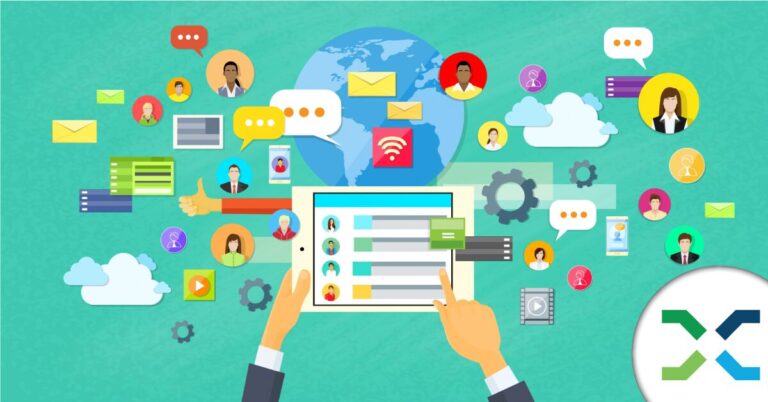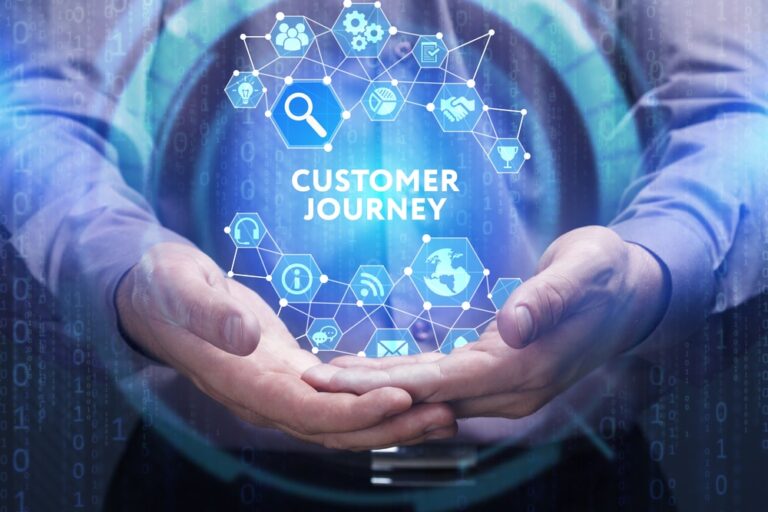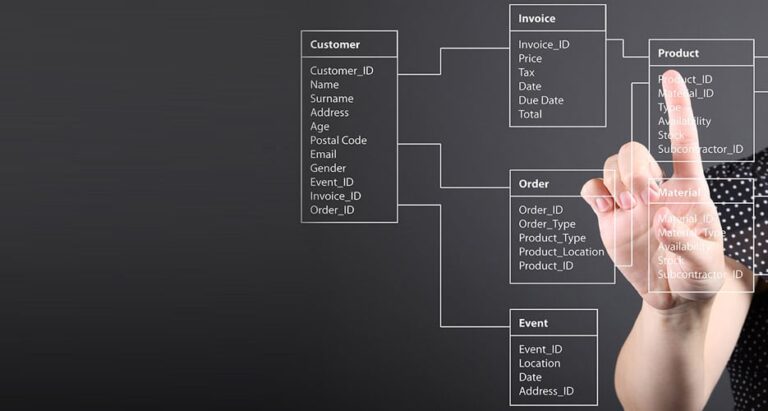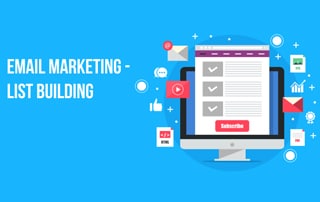Using integrated marketing to drive positive customer experience outcomes
In today’s increasingly fragmented landscape, it’s more important than ever for marketers to go the extra mile to reach customers and/or prospects using a wide variety of channels. It’s no longer sufficient to only have, say, an…










